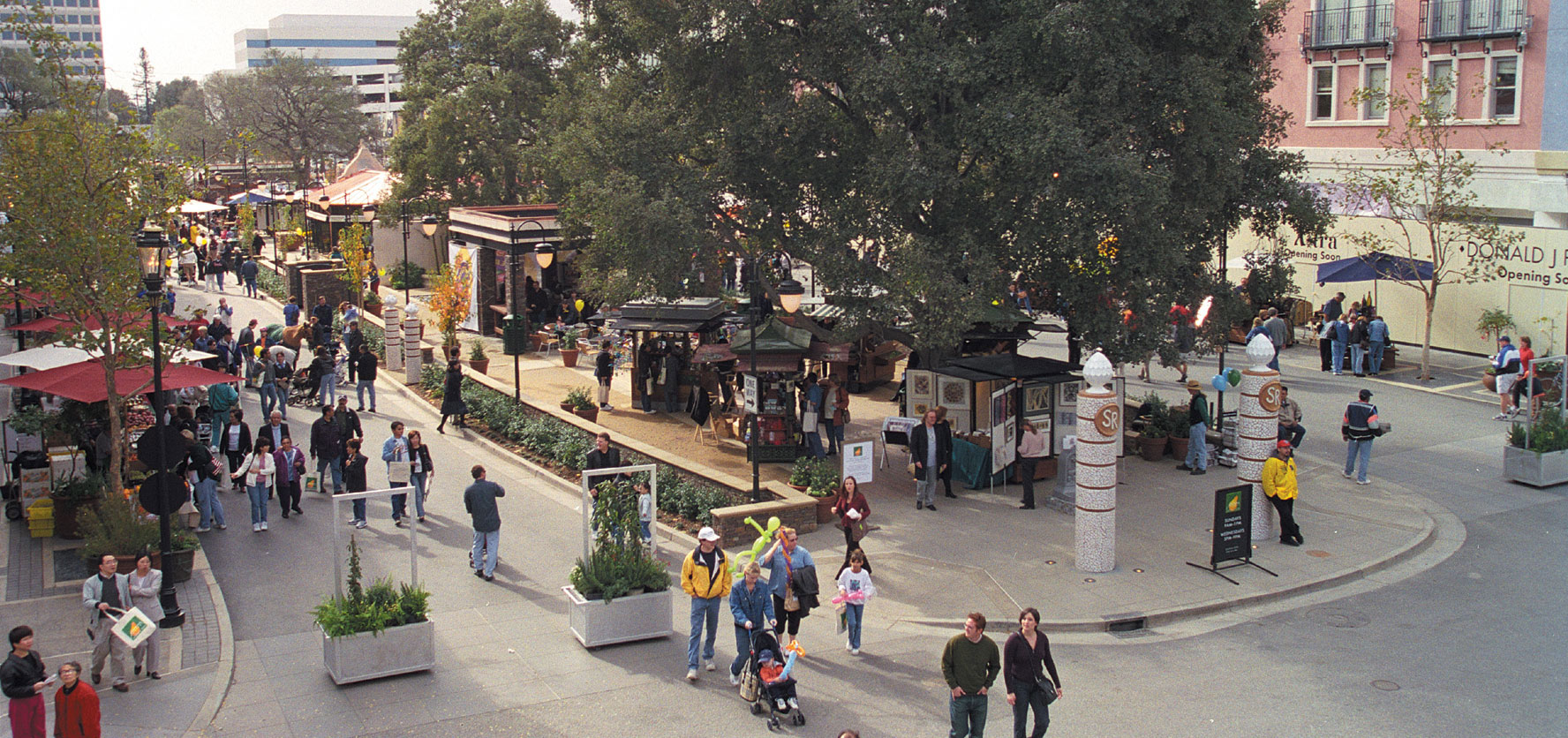Note: GJEL Accident Attorneys regularly sponsors coverage on Streetsblog San Francisco and Streetsblog California. Unless noted in the story, GJEL Accident Attorneys is not consulted for the content or editorial direction of the sponsored content.
Last week, the San Jose City Council unanimously voted to adopt a new citywide policy that requires new developments to account for the amount of vehicle travel they would produce, rather than just how much they will delay car traffic. That made it the fourth city--after Pasadena, San Francisco, and Oakland--to adopt the new metric in anticipation of new state policies called for by S.B. 743, which was signed in 2013. The California Governor's Office of Planning and Research has recently released some of these changes for comment. Look for more about the statewide work in Streetsblog soon.
The change – which Streetsblog has gone on and on about a bunch of times—is important because CEQA, the California Environmental Quality Act, has been working against itself. Its current requirements to measure and “mitigate for” traffic delay have encouraged traffic engineers to design and build wide, fast roads and intersections that are dangerous and unpleasant for anyone not in a vehicle, have encouraged new development to seek out places on the edges and outside of cities, and have discouraged infill development that could make cities and towns more efficient and lively.
The change, to instead measure and mitigate for the amount of induced vehicle travel, is an attempt to align CEQA with actual environmental impacts from traffic. That is, focusing on delays to vehicles ends up encouraging more driving, which leads to higher pollution and greenhouse gas emission levels. In contrast, measuring the amount of traffic a development produces gives a clearer picture of its potential environmental impacts from pollution and greenhouse gas emissions. Mitigation could also bring improved transit and bike and pedestrian facilities.
The city of San Jose adopted a new General Plan in 2011. The Envision San José 2040 General Plan aims to help move San Jose away from its traditional suburban development patterns “to a future that includes opportunities for a more robust public life,” according to city documents. The plan envisions bringing development into the downtown core, and identifies suitable nodes for growth near transit rather than in suburban neighborhoods designed with for easy car access.
Colin Heyne, Public Information Manager for San Jose, says that the city found that the traditional measure of traffic delay under CEQA was getting in the way of its General Plan goals. The city has been working for a year on the new policy, including six months of outreach to developers, residents, and industry, according to Heyne.
The city hopes the change will make it easier to build density where it's been identified as beneficial and make open space development at the city's edges a little less attractive. It should also simplify the environmental review process by exempting certain types of development from CEQA transportation review altogether.
As a result of the policy switch, mixed-use development that is consistent with the General Plan—that is, located in identified growth areas and near transit—is likely to meet CEQA transportation requirements more easily than it can now. Also, projects that don't meet the requirements may need to provide mitigation, not for traffic delay, but for miles traveled—which means that, instead of expanding roads, mitigation is likely to look more like transit improvements or other strategies that help people find alternatives to single occupant car trips.
In addition, transportation projects that encourage travel by transit, bike, or walking may no longer even have to go through a CEQA analysis for transportation impacts, since it is presumed they will produce fewer vehicles miles traveled.
In addition, the policy assumes that small retail developments are likely to serve local trips, potentially reducing miles traveled, as people could make shorter trips to reach closer destinations. Thus the new policy reduces the CEQA reporting requirements for small developments.
“We can't expand roads in downtown,” said Heyne, since San Jose is built out. But there is still room for growth. Infill development in downtown is less likely to show large differences in vehicle miles than they would if subject just to the delay measure. That includes large future developments like that being considered by Google near Caltrain's Diridon Station. The hope is the new policy will result in more environmentally sustainable development than seen at the nearby Apple campus in Cupertino.
At the same meeting, the city council also adopted a new climate plan, Climate Smart San Jose, which is aimed at reducing greenhouse gas emissions in the energy and mobility sectors, and includes a discussion on water use and conservation. The adoption of the new CEQA measure, said Heyne, is “the first step on the mobility action” in the city's climate plan.






